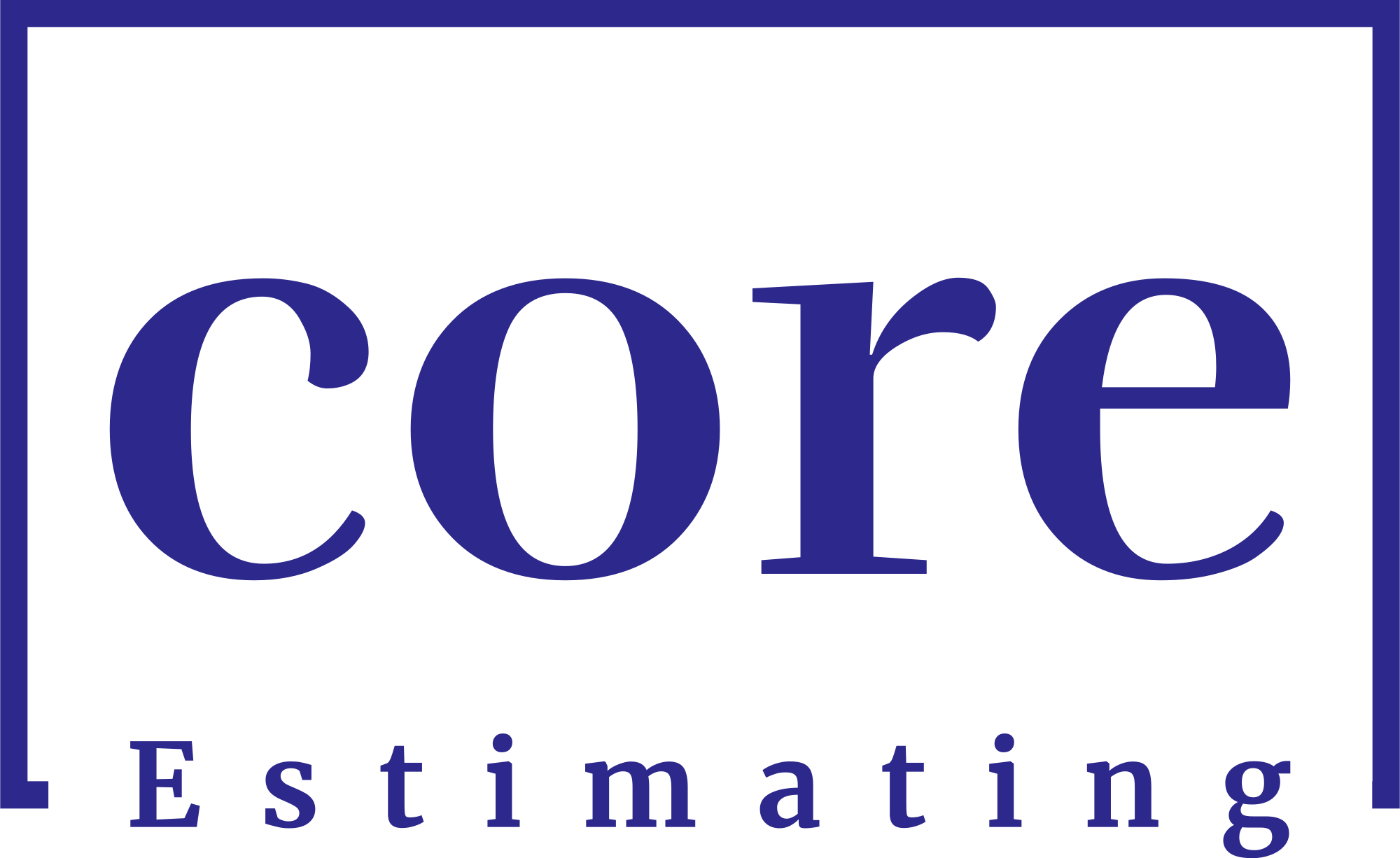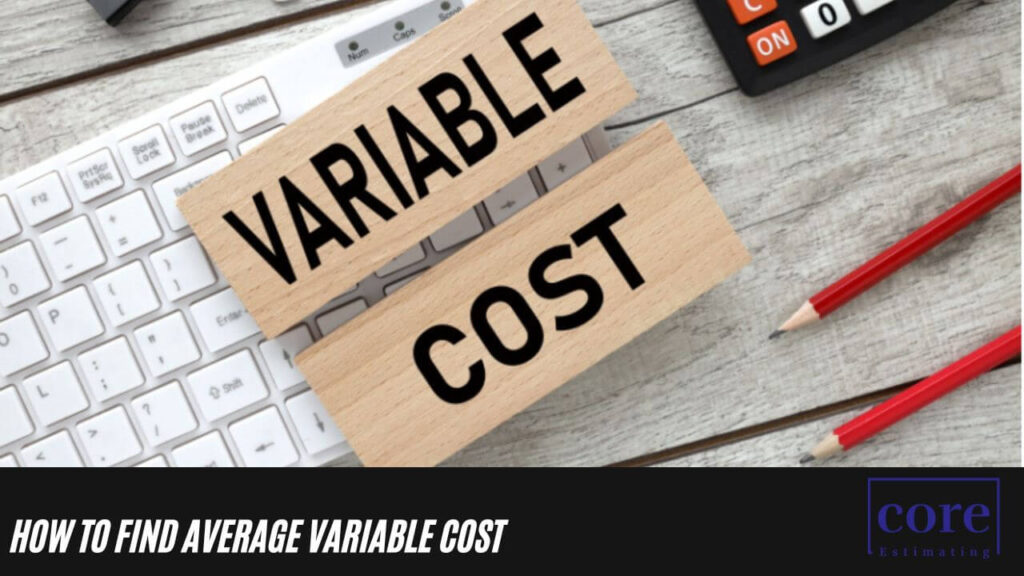Average Variable Cost (AVC) is a crucial metric in business and economics that measures the variable cost per unit of goods or services produced. Understanding how to calculate and interpret AVC is essential for making informed production and pricing decisions. In this article, we will explore what AVC is, how to calculate it, provide examples, discuss its relevance and uses, and differentiate it from other cost-related concepts.
What Is Average Variable Cost?
Average Variable Cost refers to the cost per unit of variable inputs used in the production of goods or services. Variable costs are expenses that fluctuate in direct proportion to the level of output. These costs encompass expenses such as raw materials and direct labor. AVC is a valuable tool for analyzing the relationship between production output and the cost associated with it.
If you’re in need of construction estimate services, simply go to homepage or follow the links below:
| Services | Links |
|---|---|
| Detailing Services | Link |
| Building Information Modeling | Link |
| General Contractor | Link |
| Subcontractors | Link |
| MEP | Link |
How to Calculate AVC?
Calculating AVC involves straightforward mathematical formulas. There are two primary methods to calculate AVC:
Method 1: Using Variable Cost and Quantity
The most common method for calculating AVC is by using the following formula:
AVC = VC / Q
Where:
- AVC represents Average Variable Cost.
- VC stands for Variable Cost.
- Q is the quantity of output produced.
Method 2: Using Average Total Cost and Average Fixed Cost
Alternatively, you can calculate AVC by subtracting Average Fixed Cost (AFC) from Average Total Cost (ATC):
AVC = ATC – AFC
Where:
- AVC represents Average Variable Cost.
- ATC is Average Total Cost.
- AFC is Average Fixed Cost.
Examples
Let’s illustrate the concept of AVC with a few examples:
Example 1:
Suppose a firm has a total variable cost of $50,000 in a year, producing 10,000 units. The average total cost is $40, and the average fixed cost is $25. Calculate the average variable cost.
Solution:
AVC = VC / Q AVC = $50,000 / 10,000 AVC = $5 per unit
Example 2:
An economist at Bradleys Inc. examines the cost data for the company. Calculate the average variable cost for different output levels:
- Output 1: Total Variable Cost = $40
- Output 2: Total Variable Cost = $70
- Output 3: Total Variable Cost = $95
- …
Relevance and Uses
Average Variable Cost plays a vital role in decision-making and cost analysis for businesses:
- Production Decisions: AVC helps determine the optimal level of production output that minimizes variable costs. Firms aim to produce where AVC is at its minimum point.
- Pricing Strategies: Businesses use AVC to set prices for their products or services. Prices should ideally exceed AVC to cover variable costs and contribute to profit.
- Short-Run Shutdown Decisions: In the short run, firms consider shutting down production if the price falls below AVC. Shutting down avoids incurring additional variable costs.
- Cost Structure Analysis: AVC provides insight into a company’s cost structure, aiding in cost control and efficiency improvements.
- Profit Maximization: Firms aim to reach a revenue level that covers both AVC and fixed costs for long-term profitability.
Average Variable Cost vs. Marginal Cost
While both AVC and Marginal Cost (MC) are essential cost measures in economics, they serve different purposes:
- AVC represents the variable cost per unit of production output.
- MC represents the cost of producing one additional unit of output.
- AVC focuses on the cost of producing each unit, while MC emphasizes the cost of producing an extra unit.
- AVC is calculated by dividing total variable cost by total output, whereas MC is calculated by determining the change in total cost with a change in output.
Conclusion
Understanding Average Variable Cost is critical for businesses to make informed decisions about production levels, pricing strategies, and cost management. It is a key element in cost analysis and plays a vital role in determining a firm’s short-term production viability. By calculating and interpreting AVC, businesses can optimize their operations and aim for profitability in both the short and long run.






